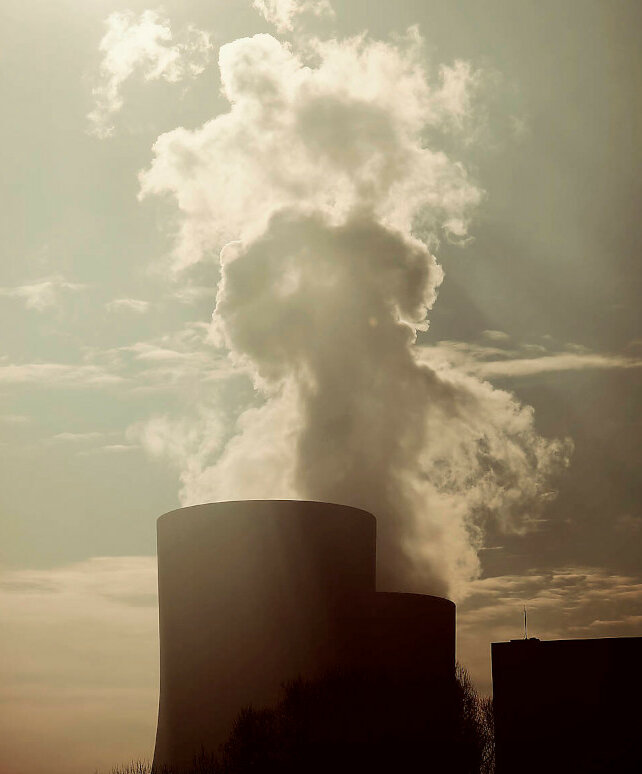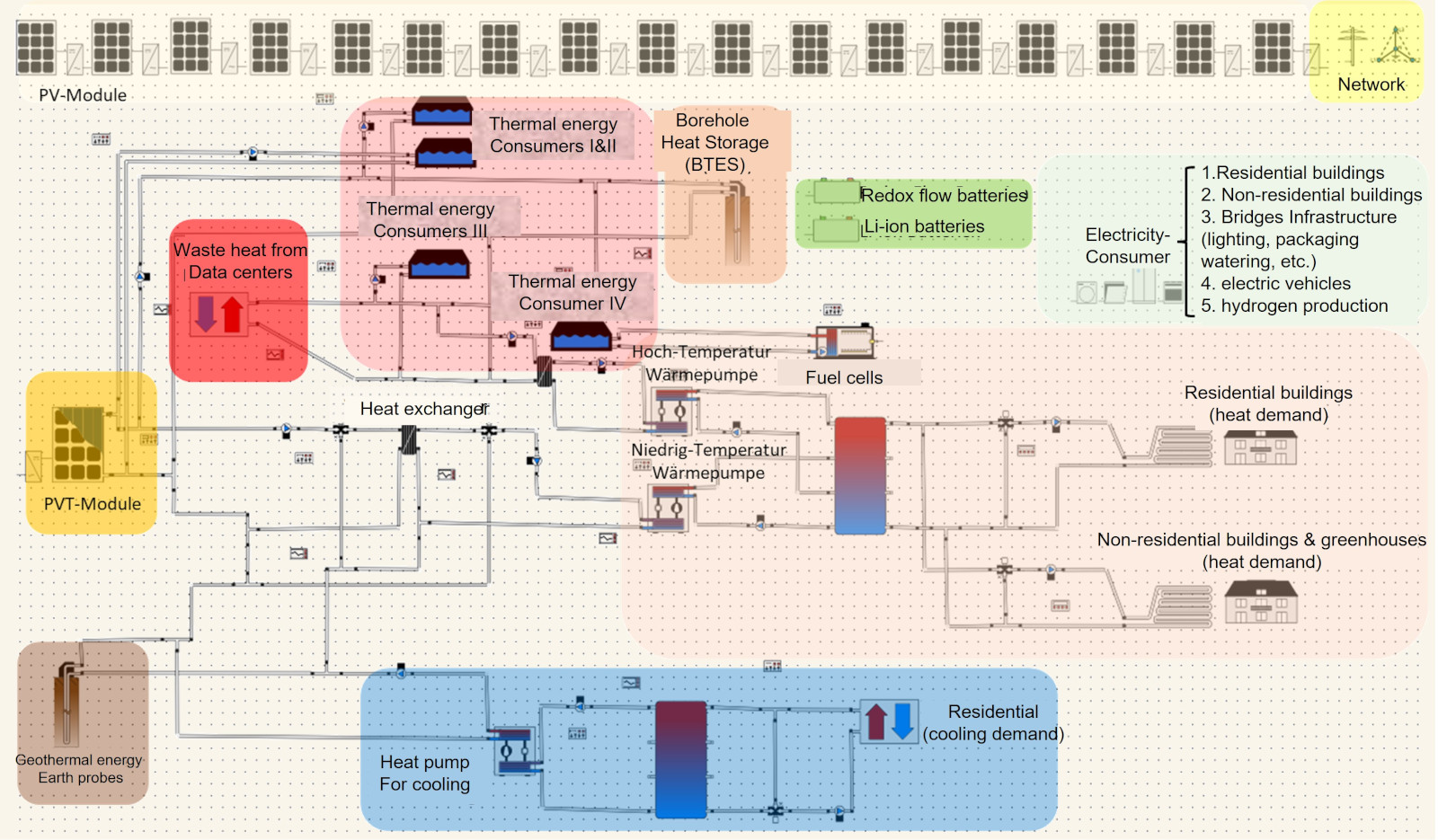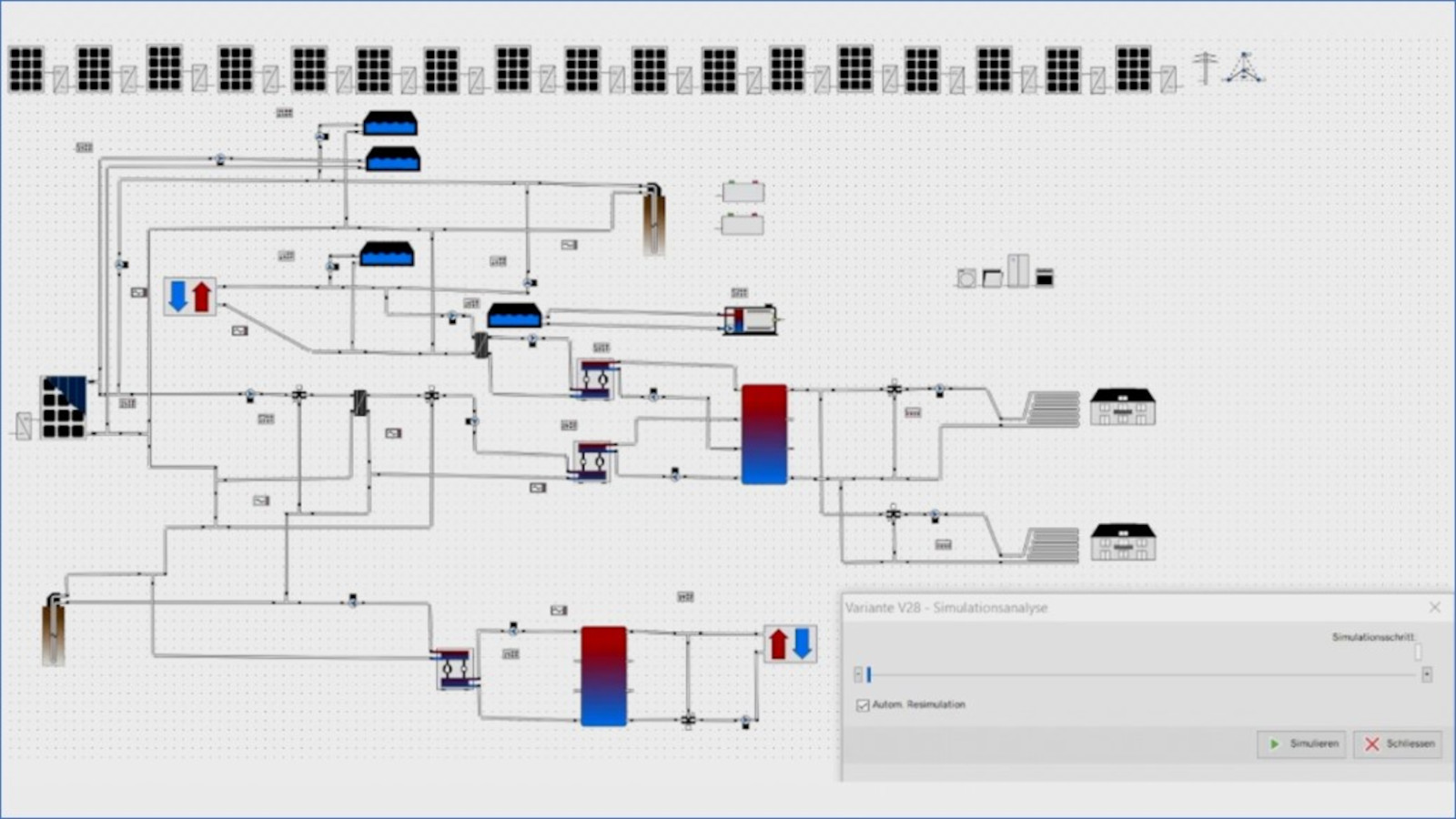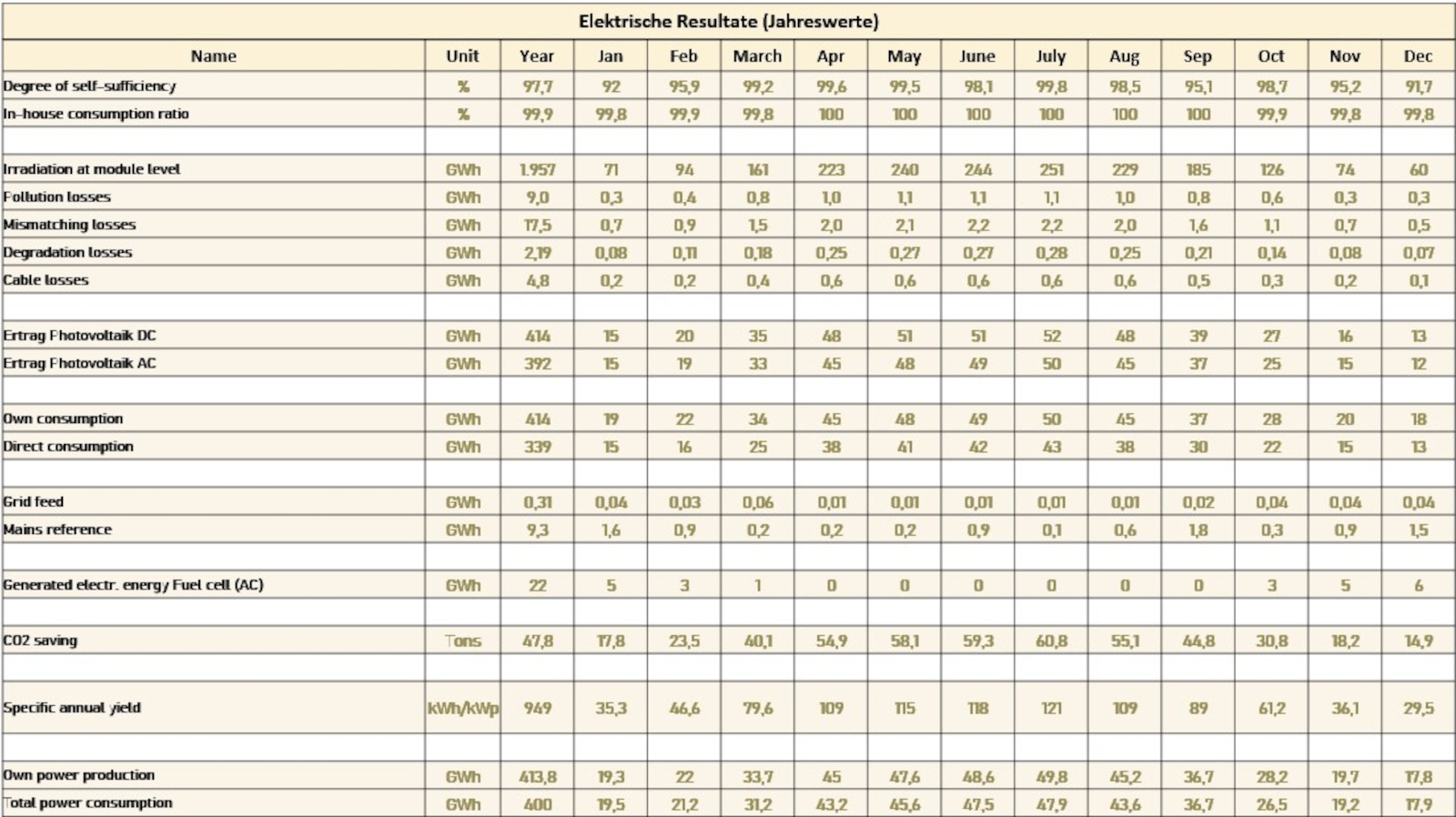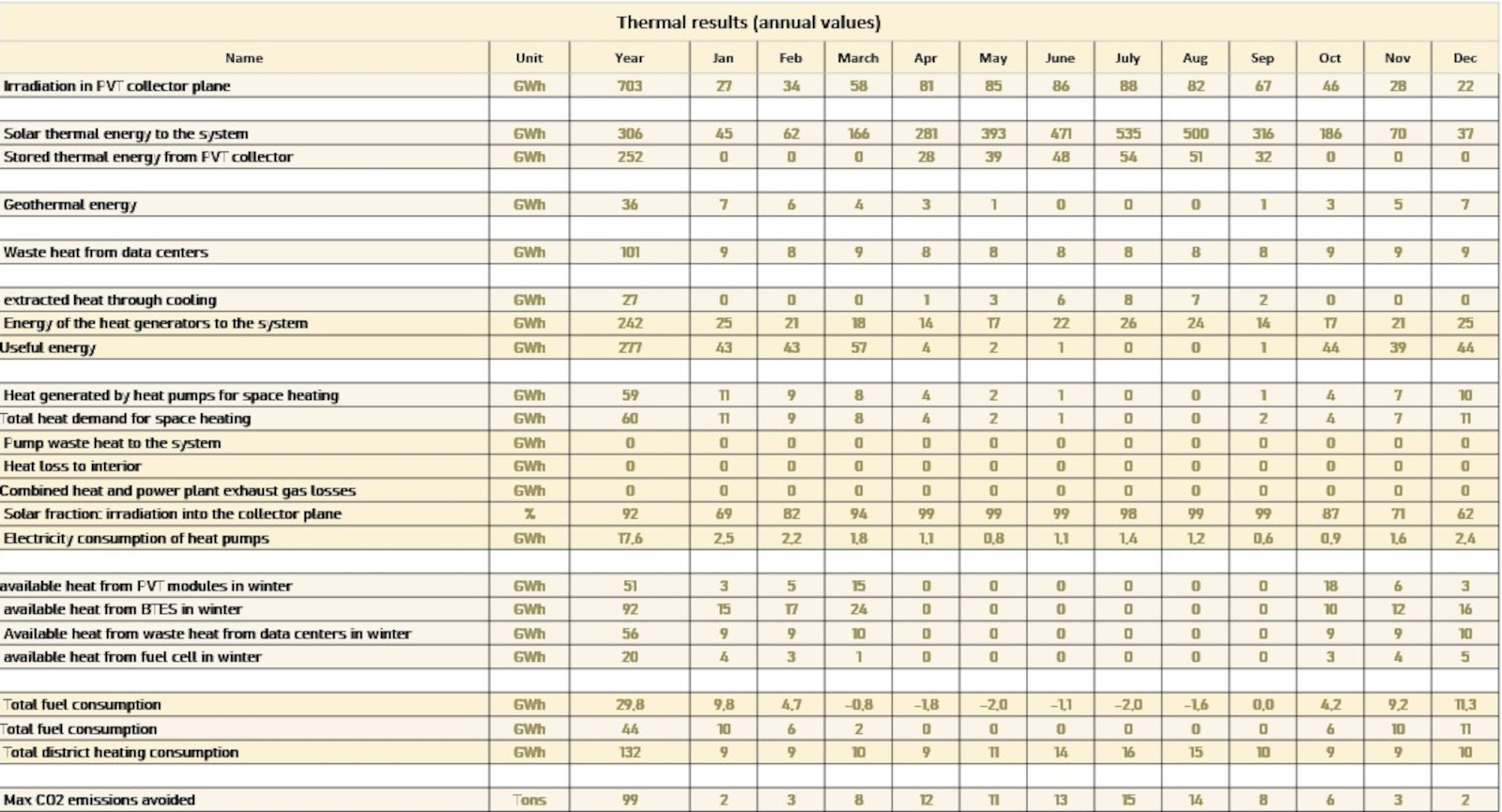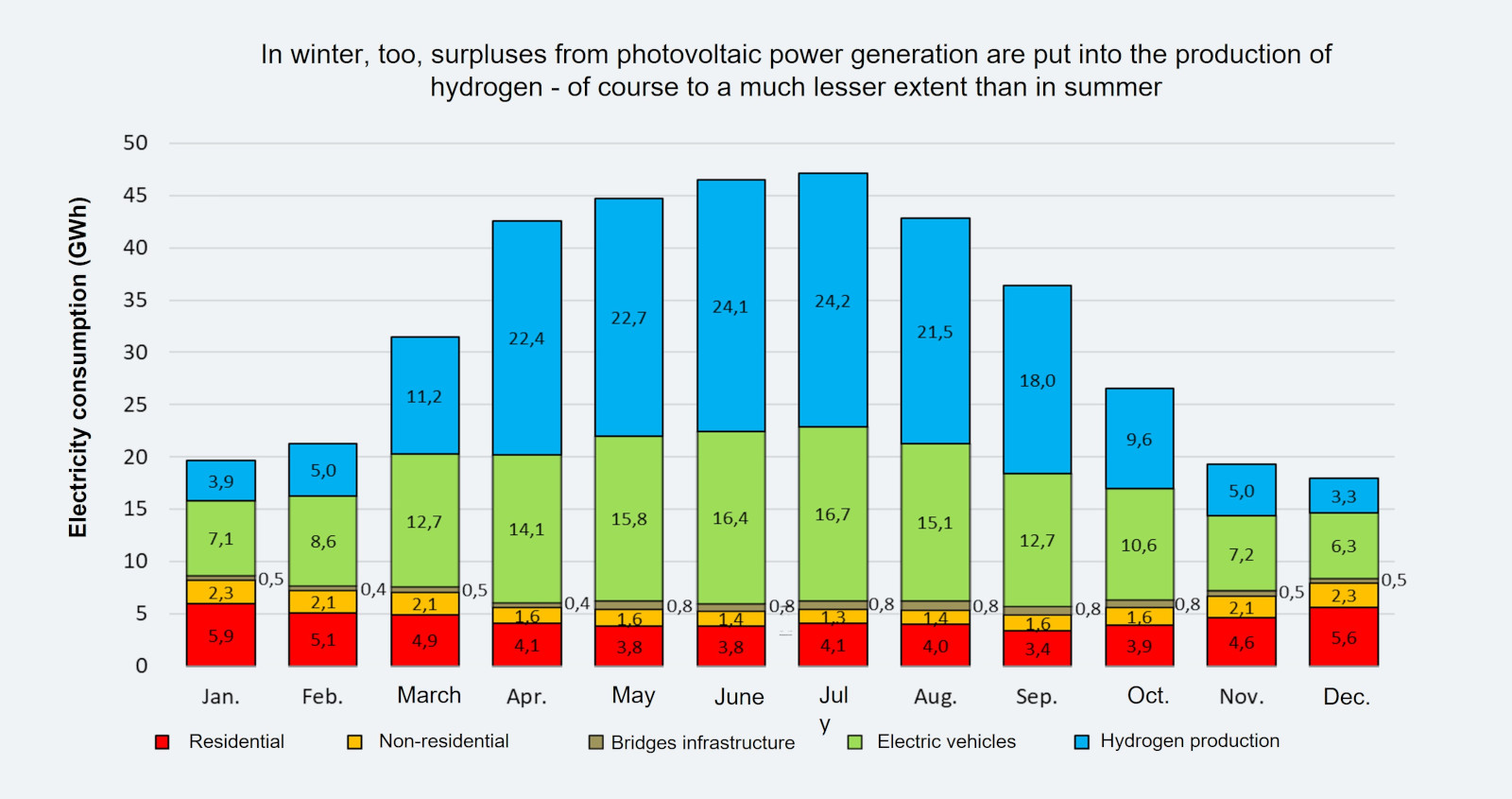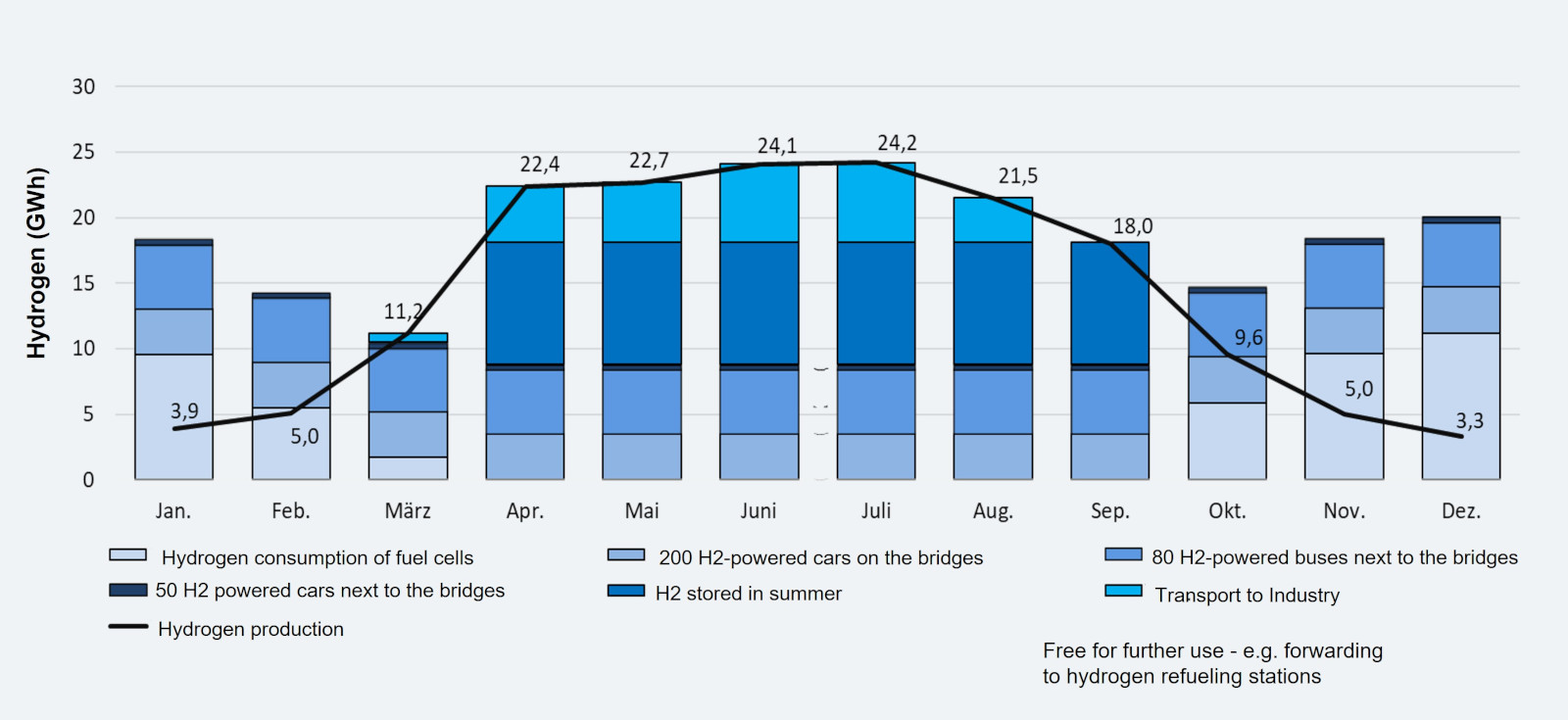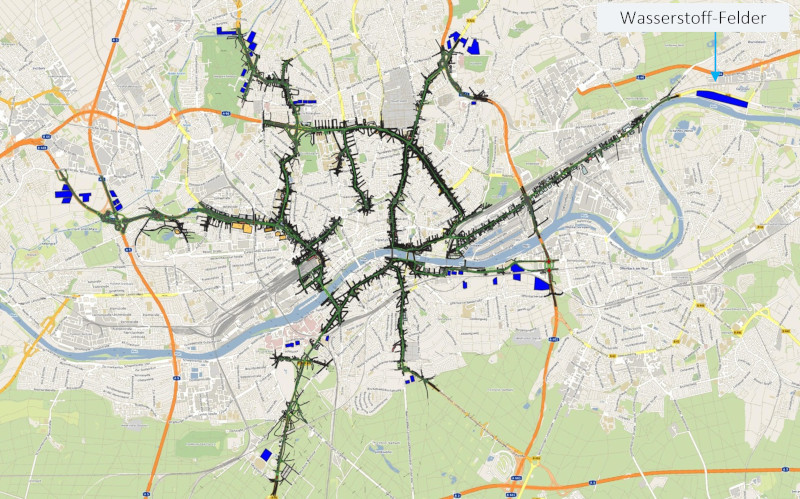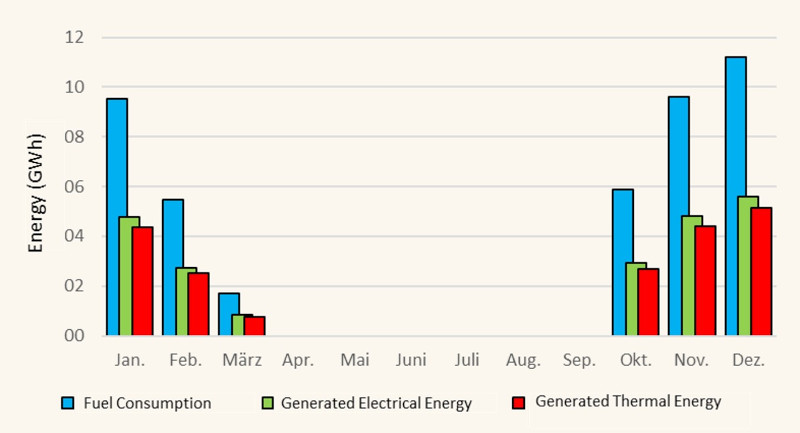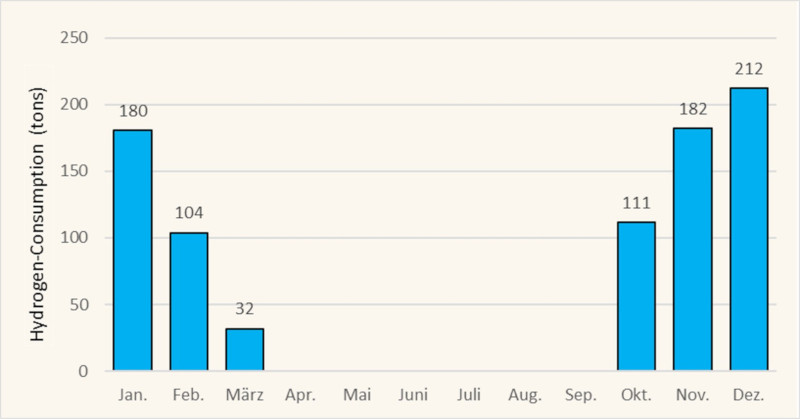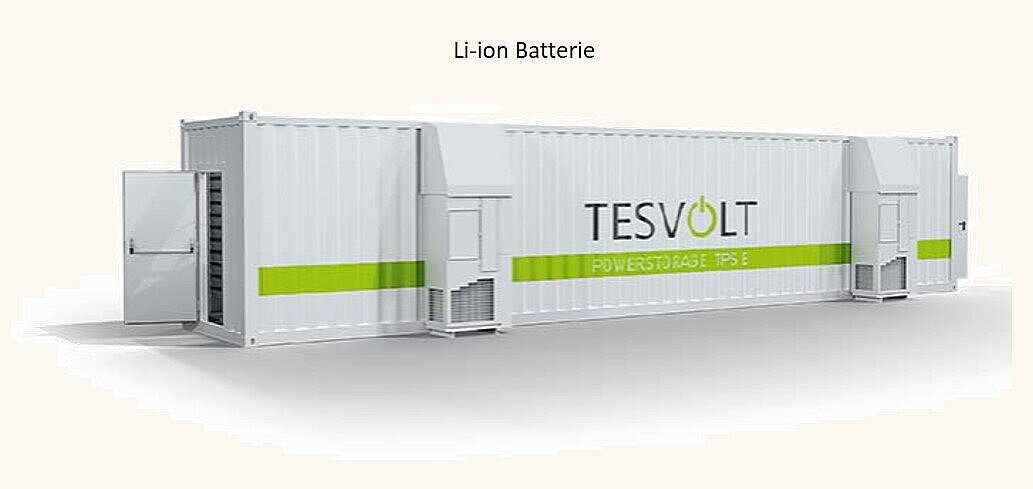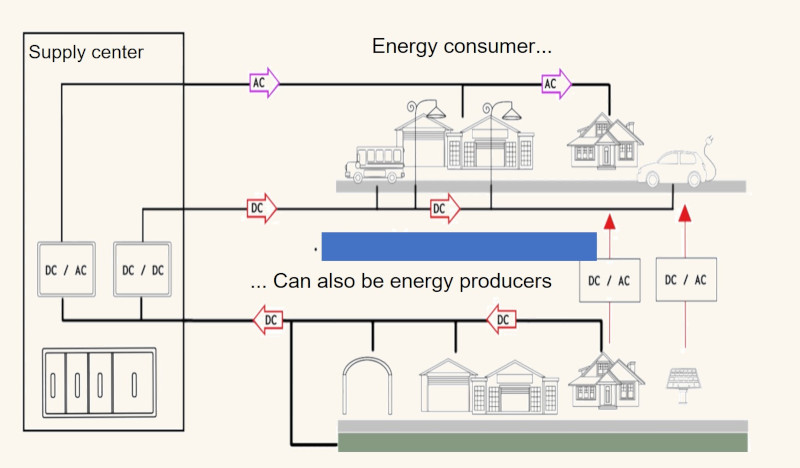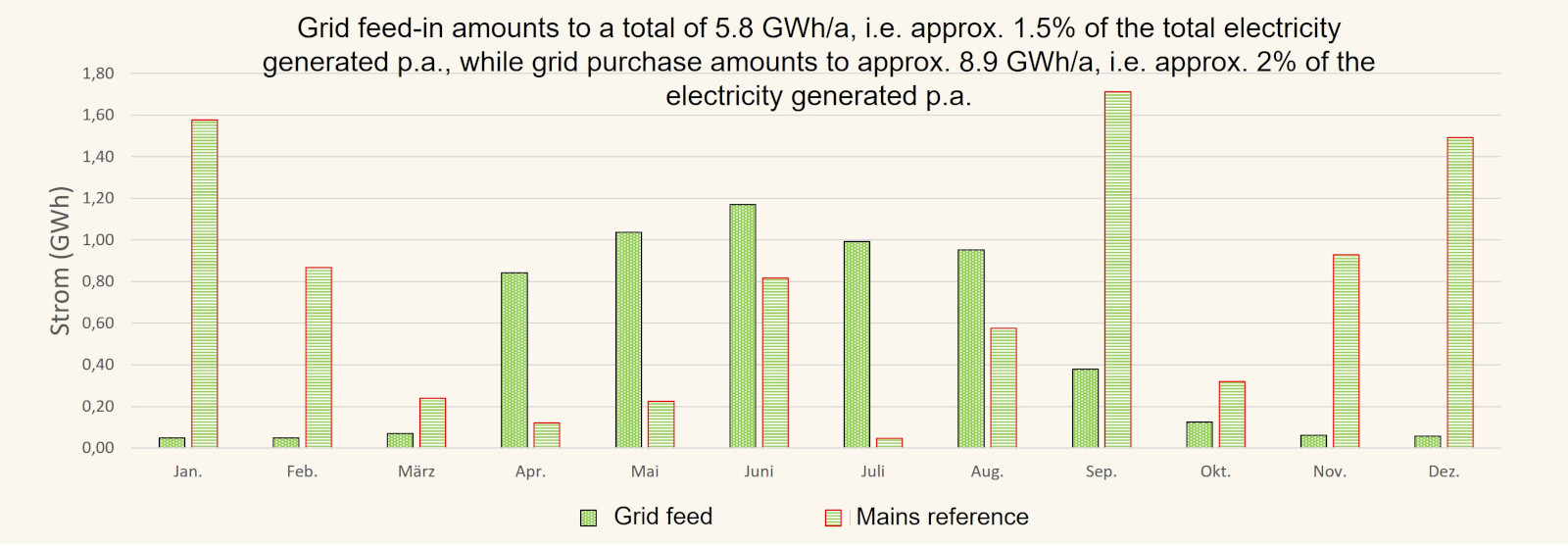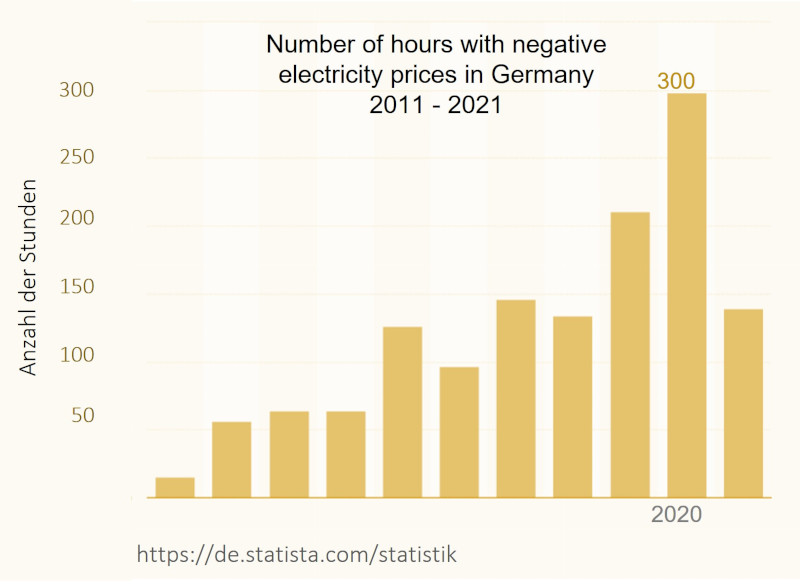Chapter content: managing the renewable energy landscape for a smart city neighborhood like Frankfurt Bridges.
Energy sources and energy consumers are shown in their interaction on the Frankfurt bridges.
Due to the collection of surplus energy, which the Frankfurt bridges enable both thermally and electrically, the bridges themselves have a high degree of self-sufficiency and can supply the rest of the city with energy. The prerequisite for this is a storage system that bridges the short-term bottlenecks with a battery landscape (nights, days with little sun) and can also provide long-term storage for the winter months with hydrogen storage and geothermal probe fields.
In addition, the bridges will establish a grid system that can receive decentralized energy and transport it either to the nearest consumer or to the nearest available storage facility.

